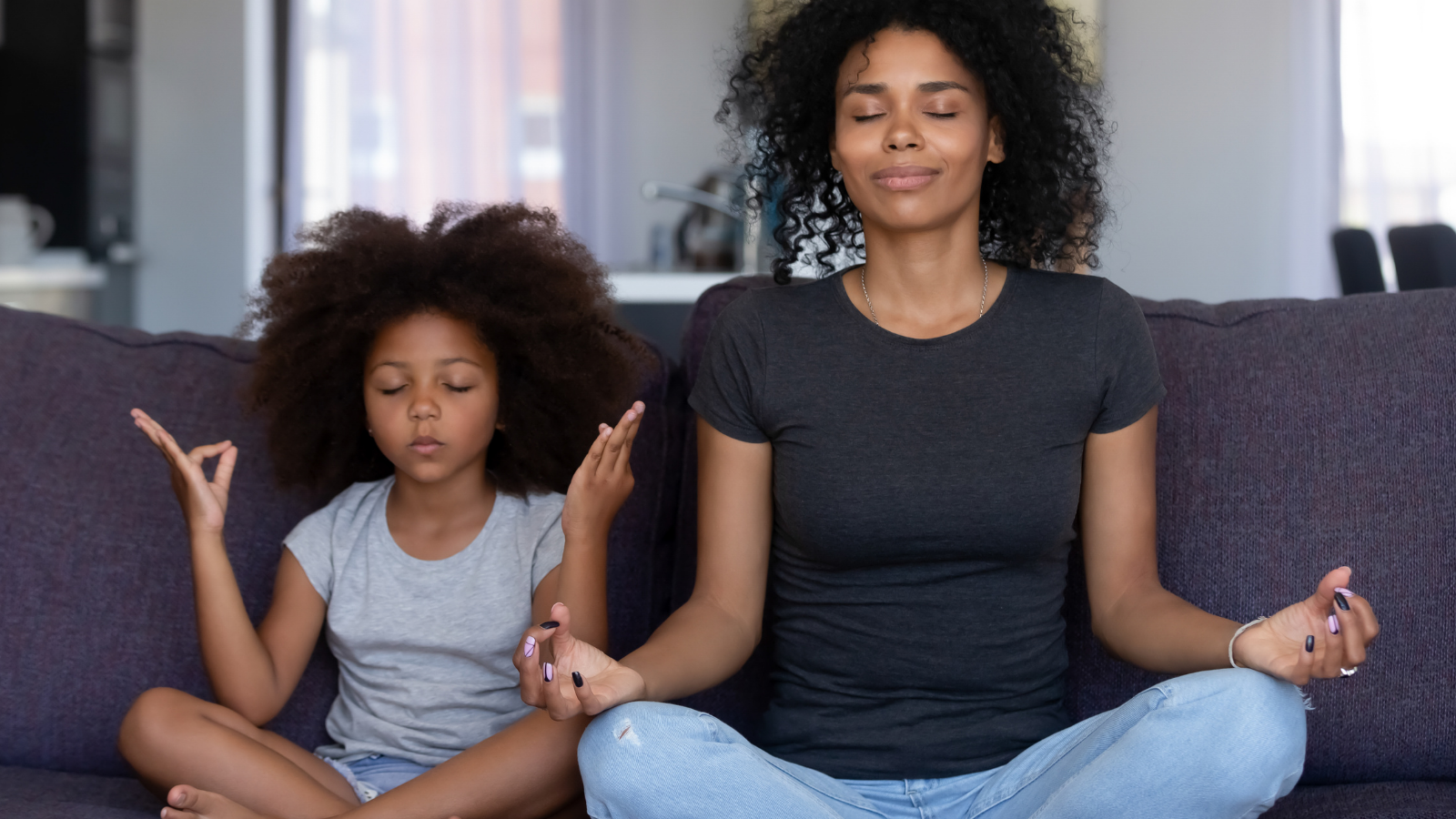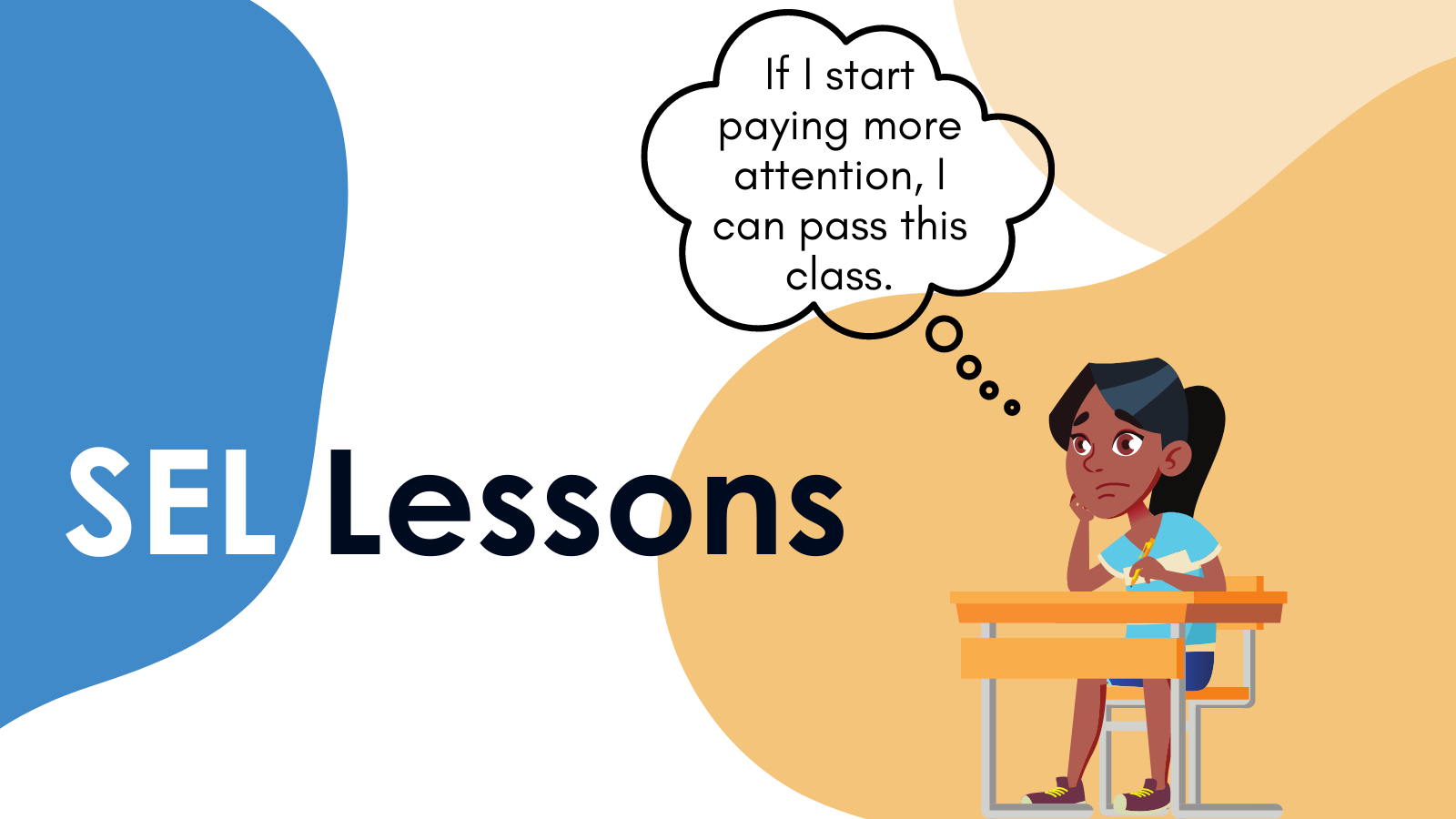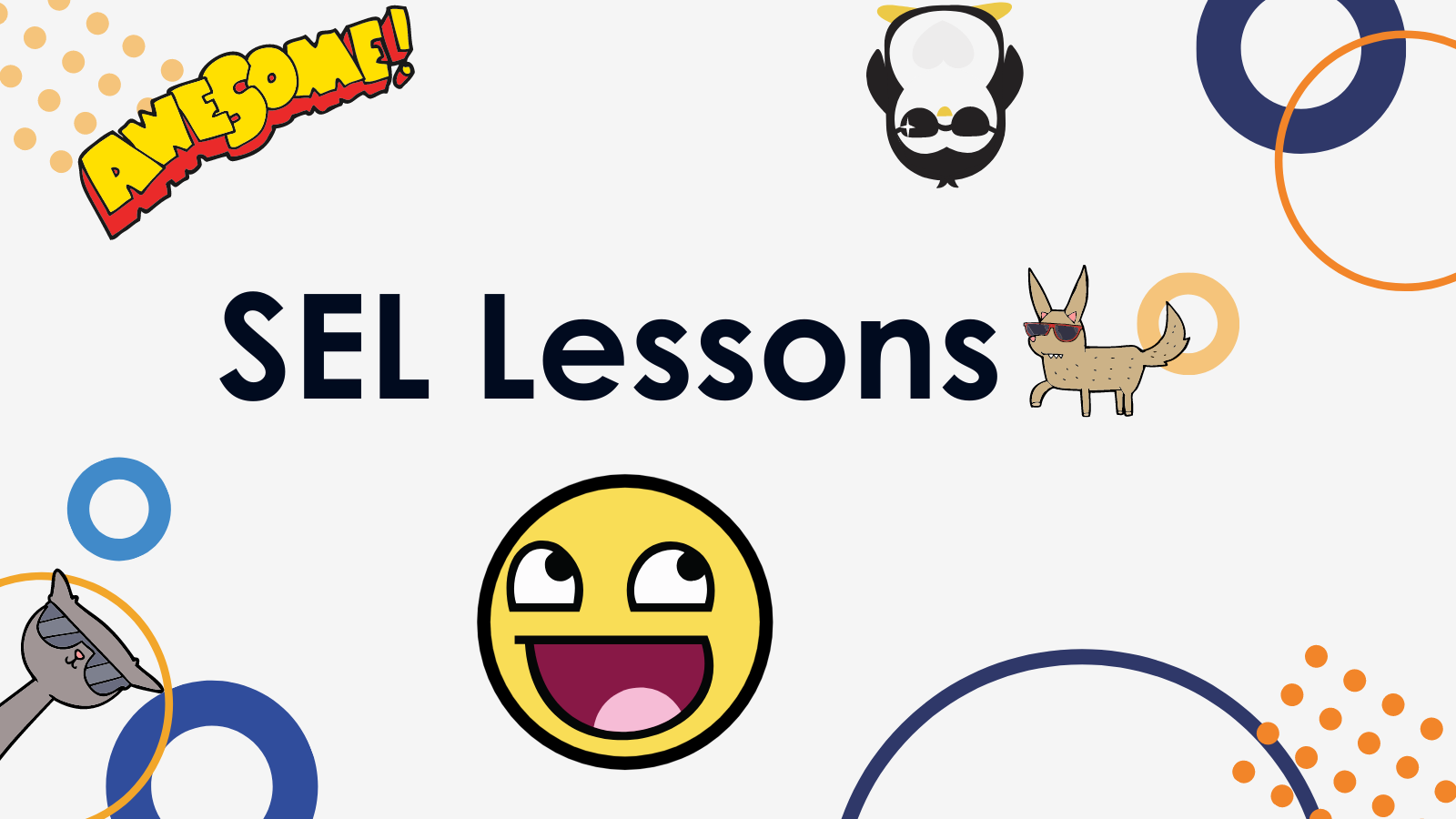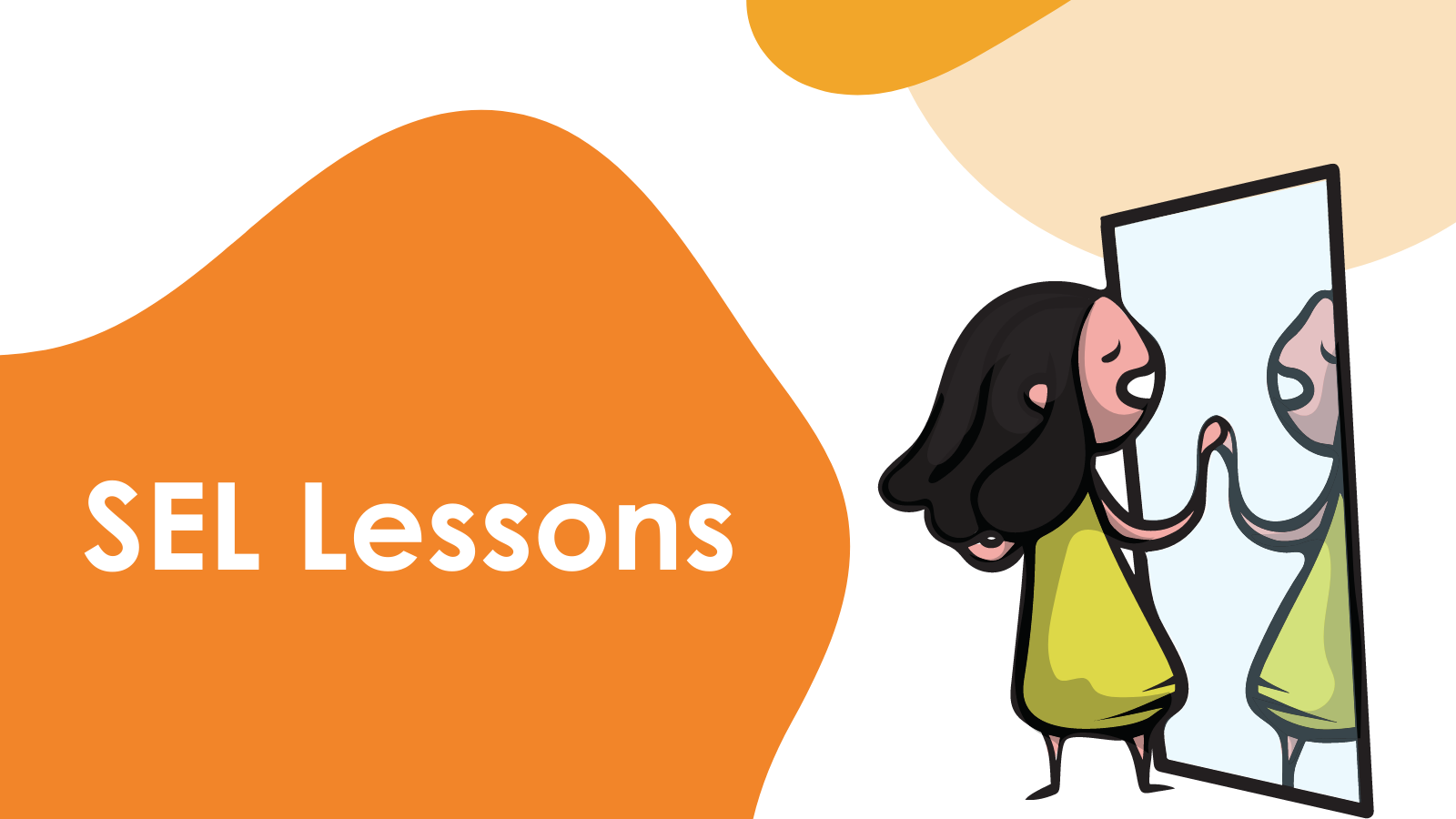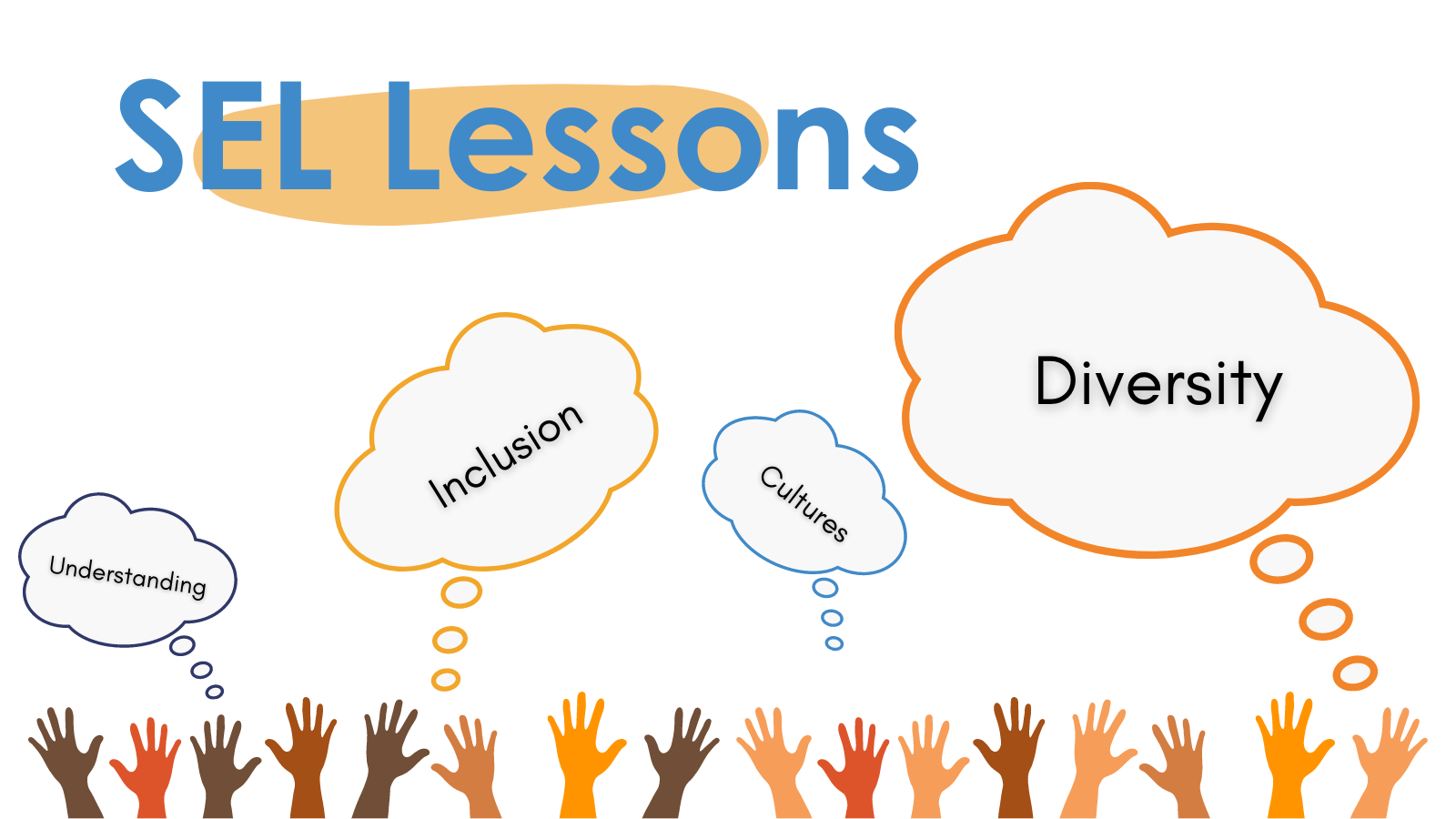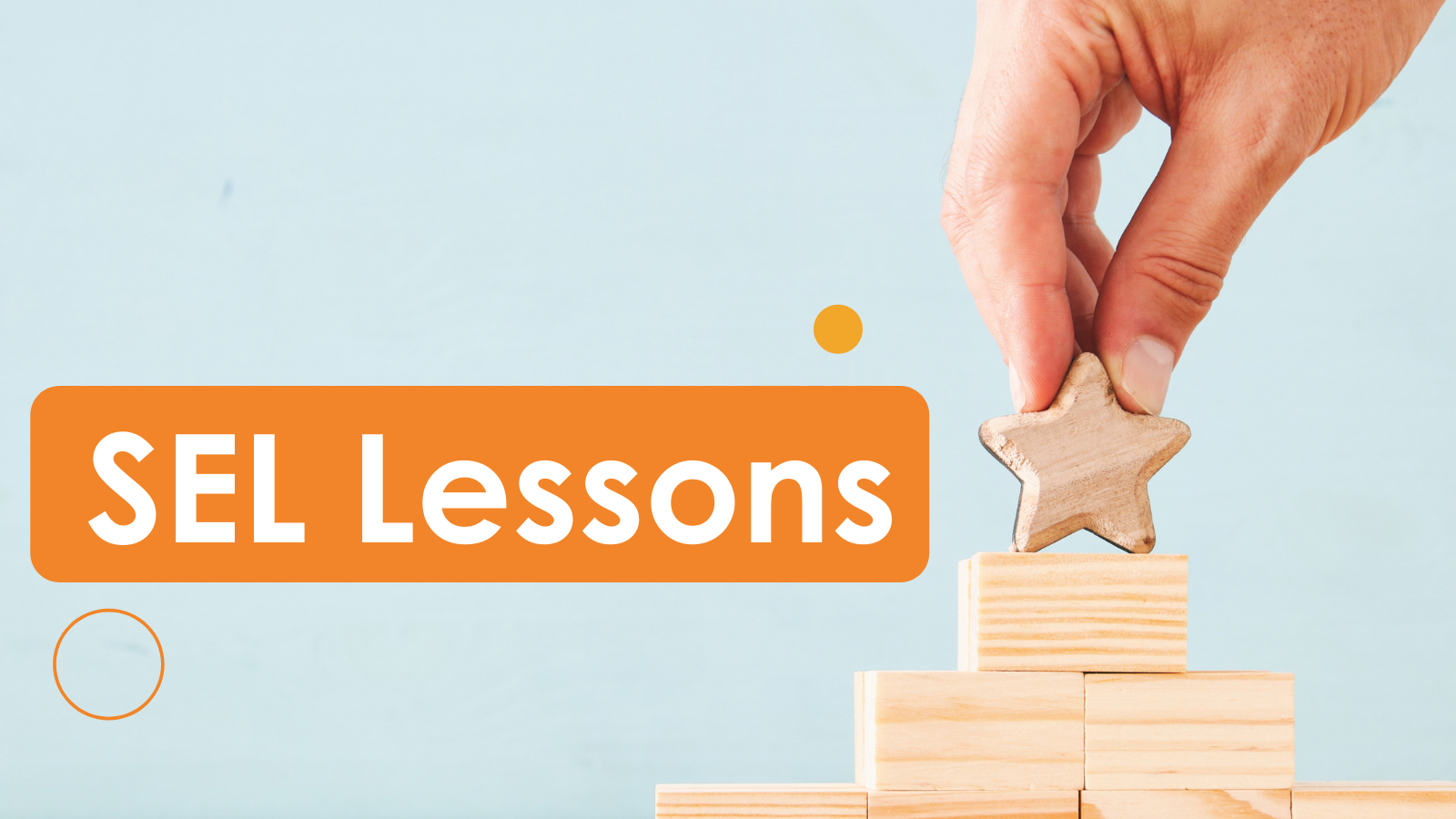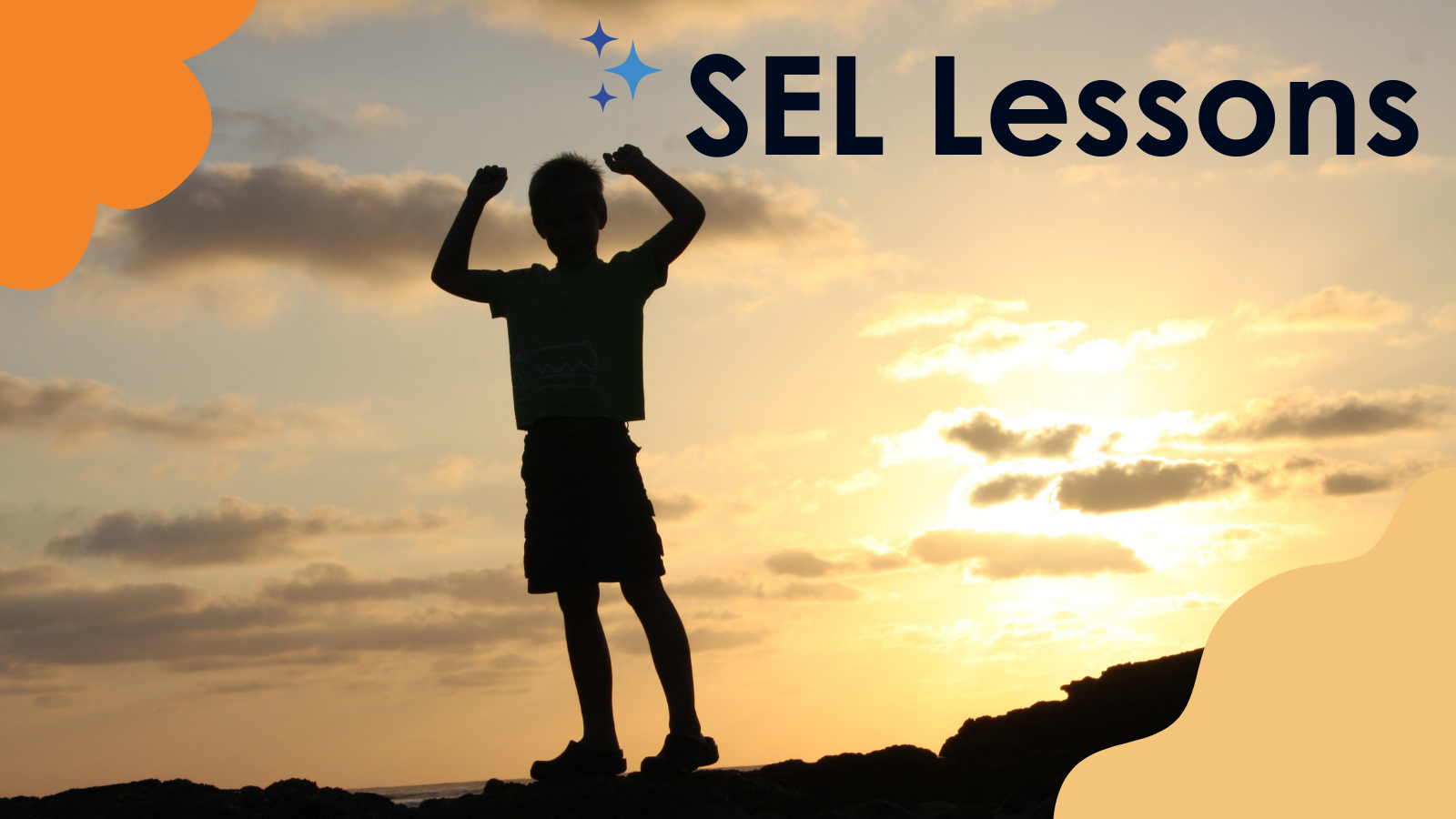Creating Resilience
At Collaborative Learning Solutions, we want to be your thought partner on providing support and resiliency for the months to come. We know that children pick up on the stress and fears of adults, but together we can help create a brighter future for our schools and students.
This blog provides proactive and time-saving tips on how educators can incorporate mindfulness in both virtual and in-person environments to better the outcomes of students.
Mindfulness Exercise for Educators & Students
5-4-3-2-1 Grounding Technique
Start by sitting back in a chair, on a couch, etc., seated in a comfortable position.
Take 3 deep breaths, focusing inward and relaxing your body as much as possible. Try to let go of any tension you might be experiencing and let go of any concerns or distractions.
Once you’ve centered yourself, take a moment to focus on each of the below:
5: FIVE things you can SEE (e.g., computer, painting on the wall...)
4: FOUR things you can TOUCH or FEEL (e.g., carpet under feet, the texture of chair...)
3: THREE things you can HEAR (e.g., trash truck driving by, birds, pets…)
2: TWO things you can SMELL (e.g., shampoo, lotion, breakfast…)
1: ONE thing you can TASTE (e.g., coffee, gum…)
Feel free to guide yourself and your students through this exercise daily and/or weekly to help them regulate their emotions. It can easily be done virtually!
Support Circles for Students
We can help create circles of support and provide resilient systems within our schools and educational institutions. Here are some helpful tips from our team when creating support circles for students.
Foundational elements for a successful circle:
• Create a safe, supportive space.
• Make sure you are personally prepared emotionally and physically.
• Practice demonstrating empathy when vulnerable or difficult things are shared or identified.
• Demonstrate vulnerability to students by sharing your own personal stories that are boundary-appropriate and applicable to the topic being discussed.
• Be an advocate for students.
• Practice active listening and reflecting back to students what you hear them saying.
Here are the other elements to consider and questions to ask yourself when conducting a healing circle:
• What opening ceremony will be used?
• What question will be used to generate values for the circle?
• What question will be used for an introduction or check-in round? Is there a need for further relationship building before getting into the issues? If so, how will that be done?
• What question(s) will be used to begin the dialogue about the key issues?
• What further questions might be useful if the group is not getting deep enough into the issues?
• What closing ceremony will be used?
These are the restorative questions to ask specifically to a community challenge or crisis:
• What have you been thinking or feeling as (this crisis) unfolds?
• How are you being impacted by physical distancing, loss of income, loss of social connections, etc.?
• What has been the hardest thing for you?
• Share one thing you are doing to move forward.
• Who is one person you can reach out to connect with?
• What is something in your control you can do in the coming days and weeks?


